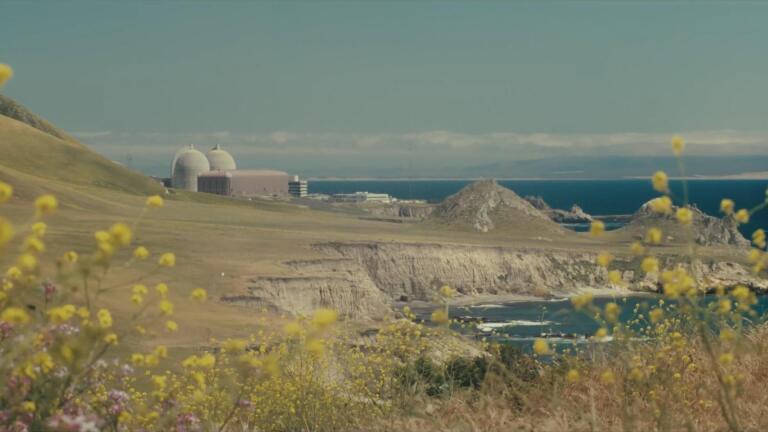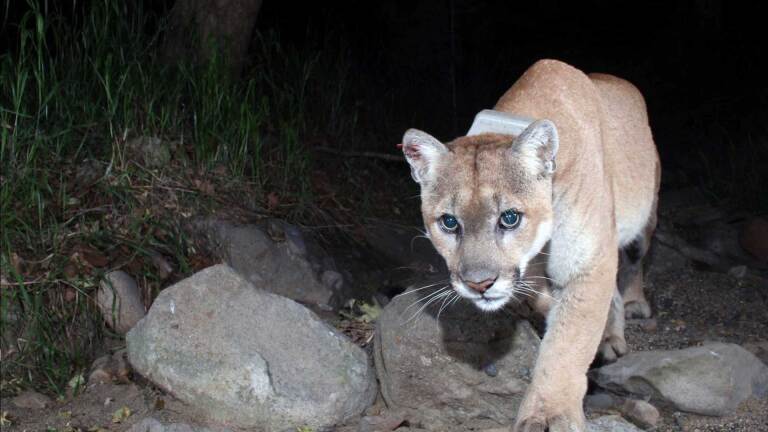Back to Show
Earth Focus
Urban Habitat: Cataloging Species
As urbanization creates a variety of vectors for non-native species to find their way into Los Angeles, scientists work to catalog the city's evolving biodiversity.
The Los Angeles Aqueduct made the region more attractive non-native species introduced by human activity. Species now common in the city include animals from tropical places, including anoles, geckos and the infamous coqui frog. Biologists are finding the best way to research biodiversity in urban areas and to gain access to the species living on private property throughout the city, is to enlist he help of citizen scientists.
Support Provided By

26:16
Rising heat is causing communities to plant trees in their neighborhoods to cool off.

23:36
Endangered species and critical naval activities harmonize on San Clemente Island.

24:09
“Fast fashion” waste is examined, recycled and reimagined.

26:36
Upgrading outdated energy infrastructure in California to prevent power outages and wildfires.

26:40
Diablo Canyon ignites conversations about nuclear power in the state’s energy future.

26:40
Love for Joshua Tree endangers the local life—both people and ecosystems.

26:40
Ravens threaten Mojave Desert tortoises, and solutions call on shifts in human behavior.

26:40
A transformed L.A. River is envisioned by the communities that live at its edge.

26:40
The L.A. River is reimagined through explorations of history, hydrology, and architecture.

26:47
Everyday people are standing up against the e-commerce giants polluting the Inland Empire.

56:40
Climate change takes a toll on mental health in rural areas.

56:41
Stories of patients and doctors reveal the environmental determinants of health in South Gate, CA.
















